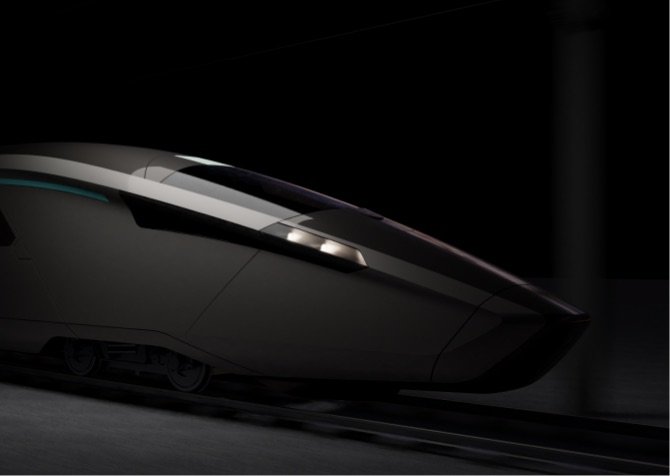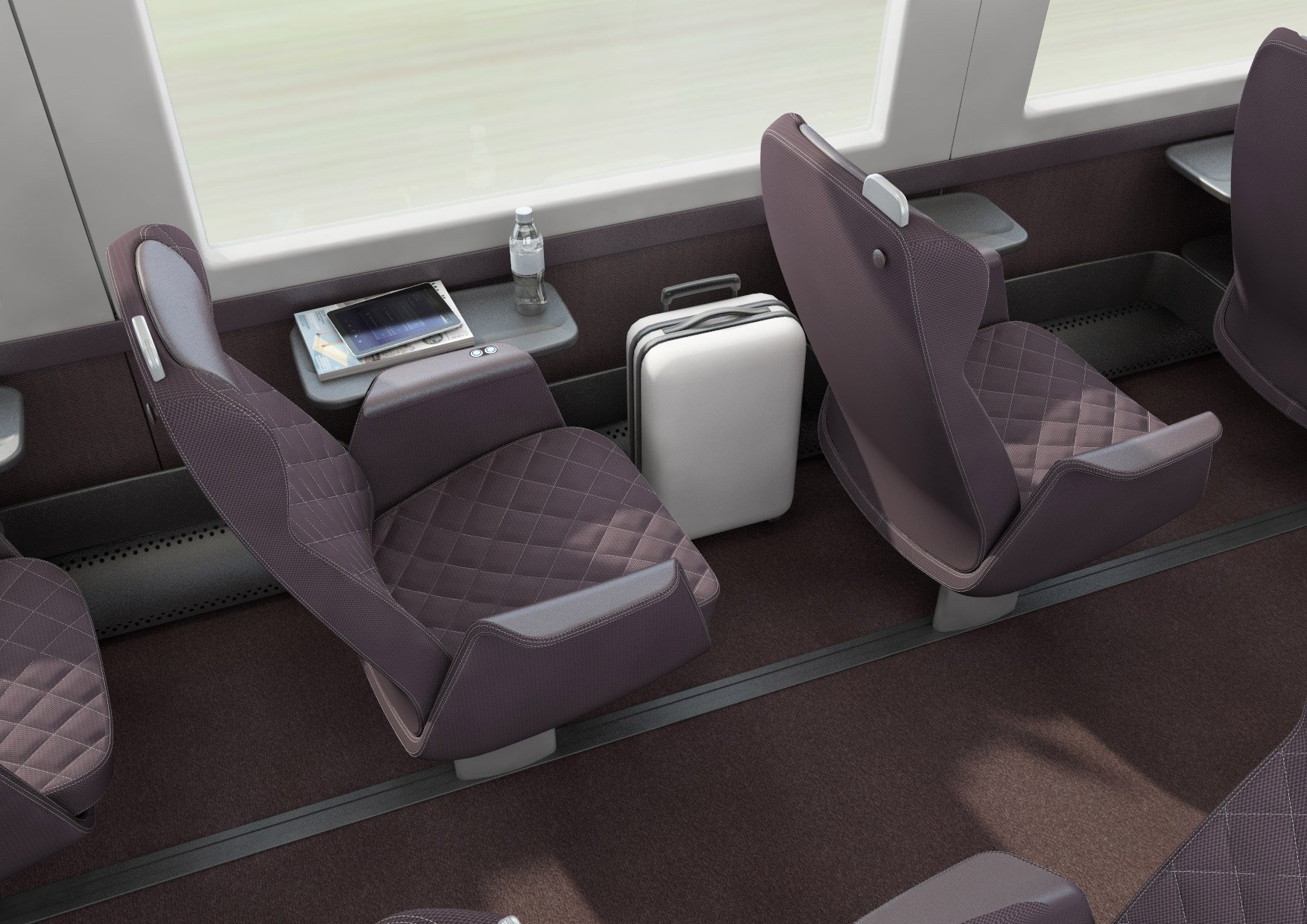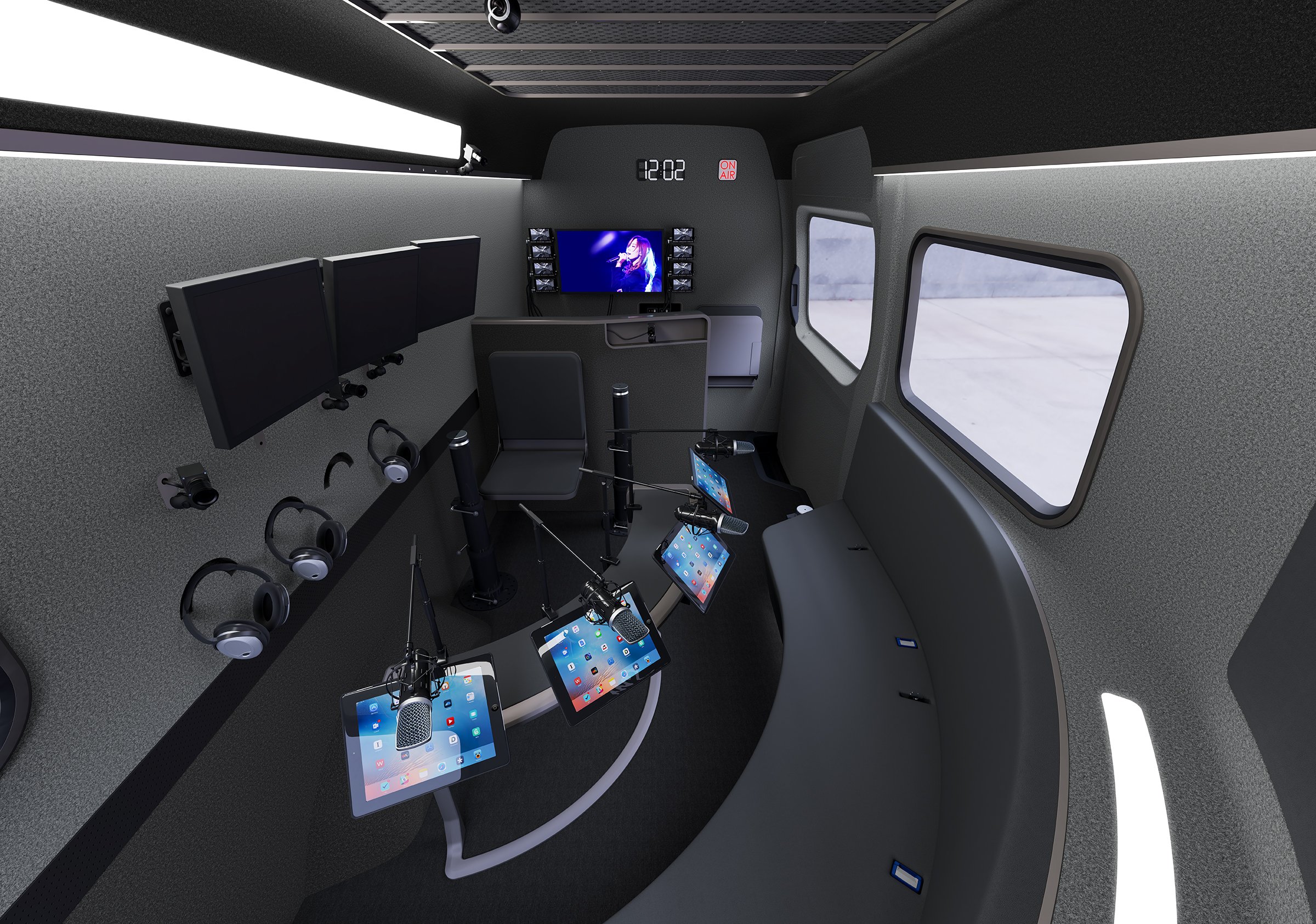Designing the future of super-fast express freight for Hyperloop TT

HyperloopTT, a leading transportation and technology licensing company, collaborated with us to design the HyperloopTT Express Freight. This innovative freight transport capsule system is set to revolutionise shipping with its speed, efficiency, and sustainability.
We applied our future mobility expertise and service design methodologies to explore the development of a commercially viable freight system. Our goal was to create a design that could potentially transform the logistics industry in terms of efficiency and commercial viability.
To date, HyperloopTT has made major strides, including building the world’s first full-scale hyperloop test facility, securing over 40 patents, and establishing the first insurance framework and safety certification guidelines for commercial Hyperloop systems.
Services
- Design research
- Design strategy
- Service design
- Industrial design
- Visualisation

Learn
Hyperloop is a high-speed transportation system, similar in size to a small commercial aircraft without wings. It involves pressurised capsules that levitate on a near-frictionless magnetic field within tubes. The whole proposition for HyperloopTT’s freight transport is that it’s cheaper than air and faster than trucks. The speed element is not just about how fast the trains travel around countries but also about loading and unloading as fast as possible to make the whole service efficient.
tangerine was tasked with designing a system for loading and unloading express freight – which is smaller than large cargo containers – into the HyperloopTT capsules. To do this, in our research, we avoided looking sideways at competitors and being influenced too much by other industries and instead spoke to the different stakeholders to understand what was important for this system.

tangerine defined the four key “design drivers” for the project as:
- Fast Loading: Ensure the freight can be loaded and unloaded as quickly as possible.
- Infrastructure Integration: Design a system that integrates with existing infrastructure.
- Maximised Freight Volume: Optimise the internal space of the capsule to maximise freight capacity.
- Flexibility: Create a system that can cater to varying customer demands.


Leap
A key insight in maximising freight volume came from testing different door mechanisms and different sized doors. We initially thought to have bigger doors to speed up loading but realised this would increase the time for the pressurised DockLock to open and risk changing the conditions of the vacuum.
The DockLock is an air lock that sucks onto the capsule, equalising the pressure inside and outside the tube. By keeping the capsule inside the vacuum and not changing its atmospheric conditions, it makes the structural capabilities of the capsule last significantly longer and limits degradation.
tangerine came up with a solution that involves up-and-over sliding doors, which utilises the rounded shape of the capsule and seeks to maximise the internal space. The layout of the doors was a more challenging element, as we had to create 3D animations to calculate loading/unloading times.




Land
Our design concept for HyperloopTT Express Freight allows for loading and unloading in just 13.2 seconds. This system leverages existing technologies and infrastructure, offering a flexible solution that can switch between passenger and freight transport depending on demand.
Staggered doors allow for a steady, constant flow of loading and unloading. In practice, this means when a capsule arrives into the station, freight can be simultaneously loaded and unloaded.
The load devices run across a roller ball flooring system, which is a modified version of a proprietary system by our long-time collaborator Collins Aerospace, currently used inside the cargo hold of aeroplanes.
The feasibility study around the economics of HyperloopTT’s plans was carried out in 2019/2020, and €800 million was secured to build the first commercial Hyperloop in Northern Italy in 2024 to prove the freight concept.





